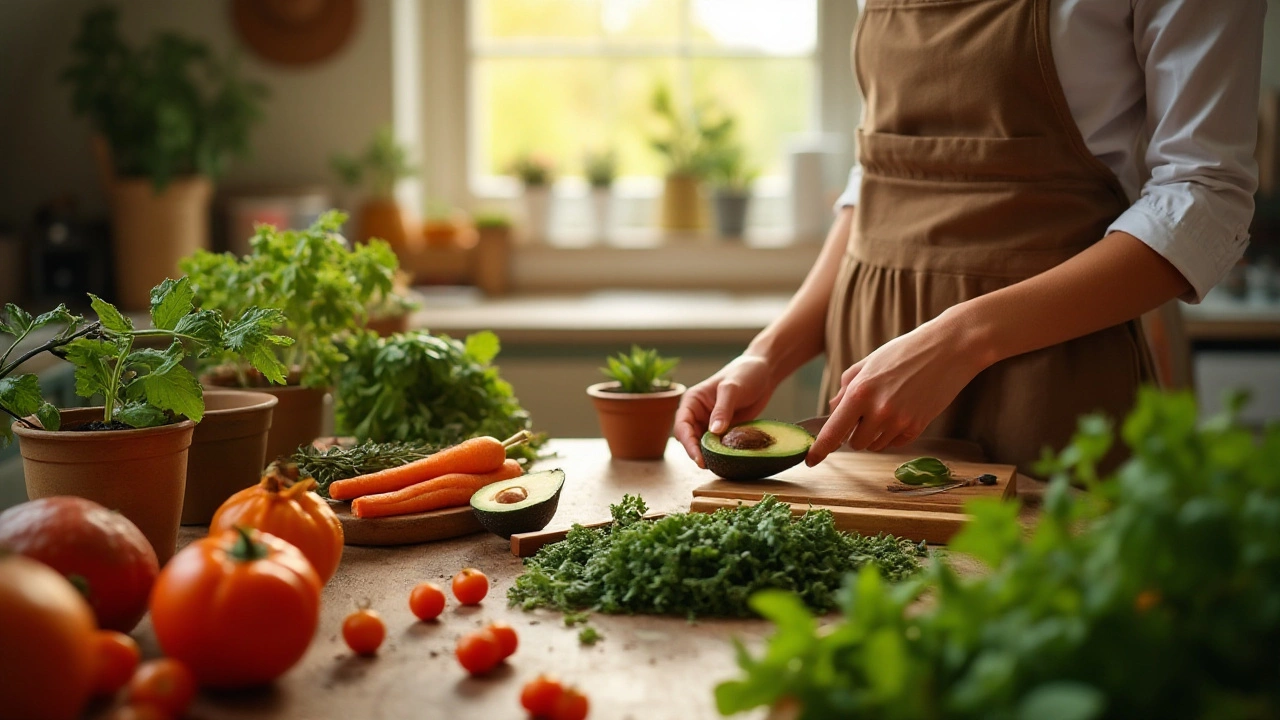Vegan Tips: Practical Advice for Everyday Plant‑Based Living
If you’re curious about going vegan or just want to add more plant‑based meals to your week, you probably have a lot of questions. Which foods are truly vegan? How can you keep grocery costs low? What’s the easiest way to start a balanced vegan diet? Below you’ll find straightforward answers that you can put into practice right now.
Start Your Basic Vegan Diet
The simplest vegan plate is built around three things: whole grains, beans or lentils, and plenty of vegetables. Cook a batch of brown rice or quinoa at the start of the week, toss in a can of chickpeas or a pot of lentils, and add fresh or frozen veggies. Season with olive oil, lemon juice, and herbs you already love. This combo gives you protein, fiber, and the nutrients you need without fuss.
Don’t feel pressured to replace every animal product at once. Begin with one meal a day—maybe a vegan stir‑fry for dinner—and gradually add more. Keeping a food journal helps you see what works and where you need variety. If you notice you’re missing iron, add leafy greens, pumpkin seeds, or a splash of fortified plant milk.
Avoid Hidden Non‑Vegan Ingredients
Even when you think a vegetable is safe, some products contain animal‑derived additives. Look out for “natural flavors” made from meat broth, or cheese powders that use whey. Check labels for ingredients like gelatin, casein, or l‑cysteine (often sourced from feathers). When a product’s ingredient list is vague, a quick online search can tell you if it’s truly vegan.
One surprising category is pre‑cut or pre‑packed veggies. Some salad mixes include “parmesan cheese bits” or “croutons” that use butter. If you want to keep things strictly vegan, buy whole veggies and add your own toppings. It’s cheaper, fresher, and you control what goes in.
Budget‑friendly vegan shopping is easier than you think. Buy beans, lentils, and grains in bulk—these staples store for months and cost pennies per serving. Frozen berries and vegetables are just as nutritious as fresh and often less pricey. Use coupons or store loyalty cards for plant‑based milks and tofu, which sometimes go on sale.
Cooking simple sauces can make plain veggies feel exciting. Blend cooked carrots with a bit of miso, garlic, and water for a creamy soup. Toss roasted sweet potatoes with tahini, maple syrup, and smoked paprika for a sweet‑savory side. These quick tricks add depth without adding animal products.
Finally, give yourself grace. Switching to a vegan lifestyle isn’t a race; it’s a series of small, sustainable changes. Celebrate each plant‑based meal you enjoy, and keep learning from mistakes. Over time, you’ll build a pantry that feels natural and a cooking routine that fits your life.
Ready to try a new vegan tip today? Pick one of the ideas above—maybe a bulk‑grain bowl or a label check on your favorite snack—and see how easy it can be. Your taste buds, wallet, and the planet will thank you.

The Ultimate Guide to the Most Vegan Foods and Recipes
Exploring the essence of vegan food means focusing on ingredients that are free from animal products. Among these, plant-based foods like fruits, vegetables, grains, and legumes stand out. This article offers insights into what defines vegan food, highlights key ingredients, and provides practical tips for crafting delicious, ethical meals at home. Whether you're a seasoned vegan or a curious beginner, discover ways to embrace plant-based eating with nourishing recipes and creative cooking tips.
More Detail